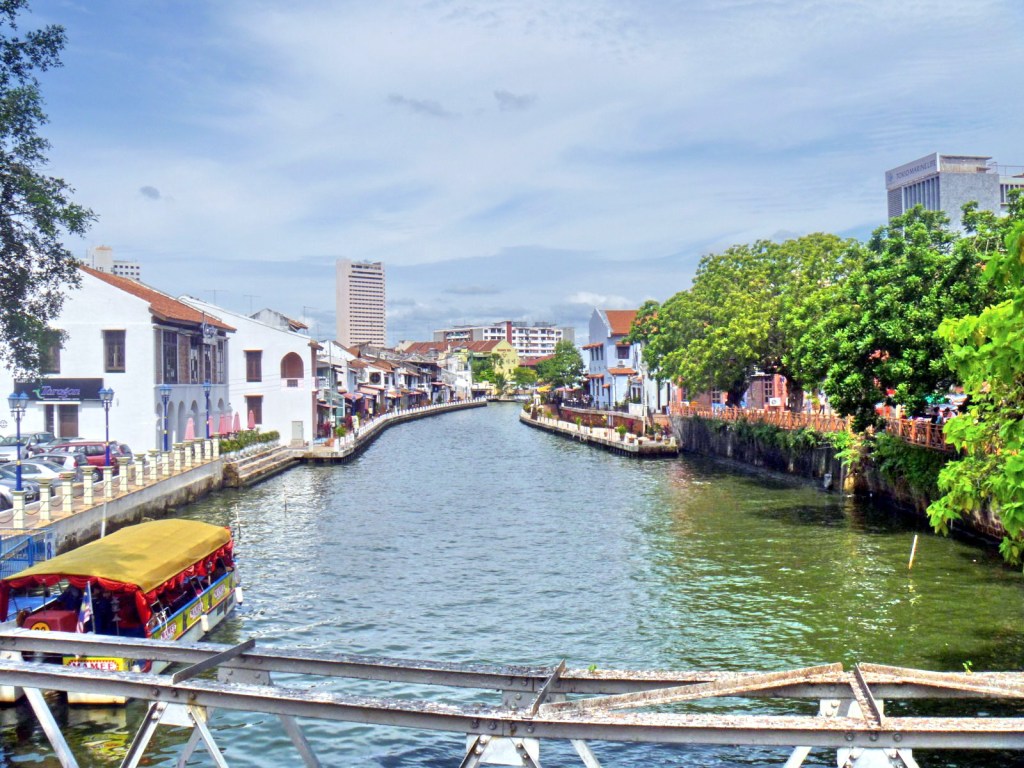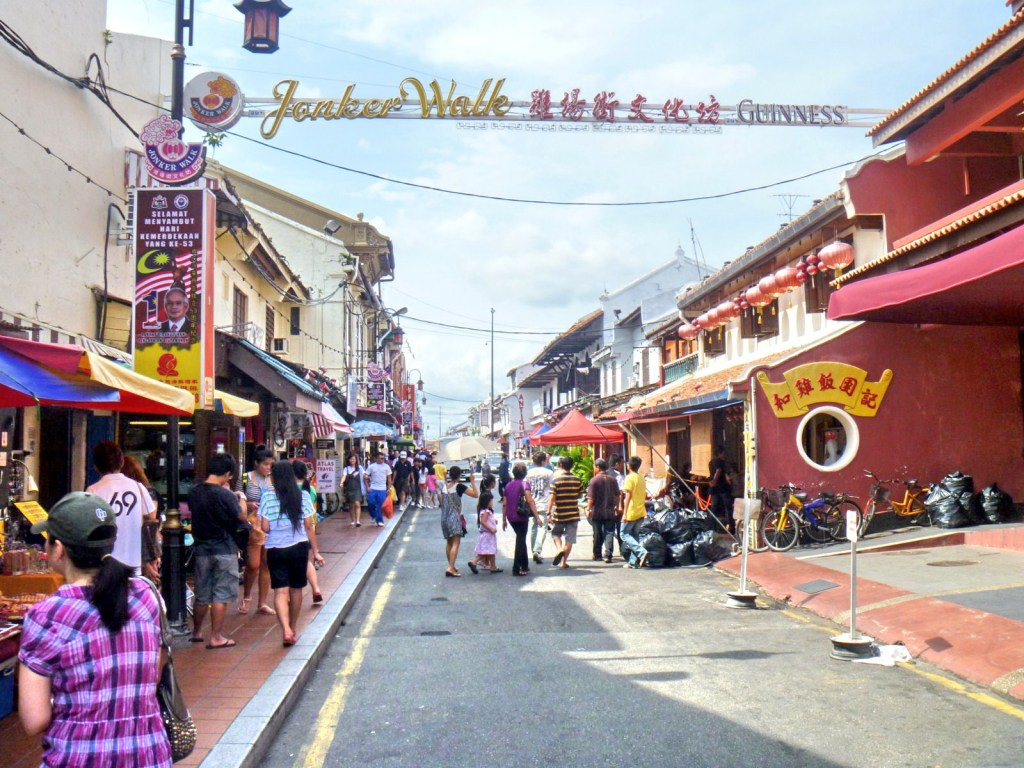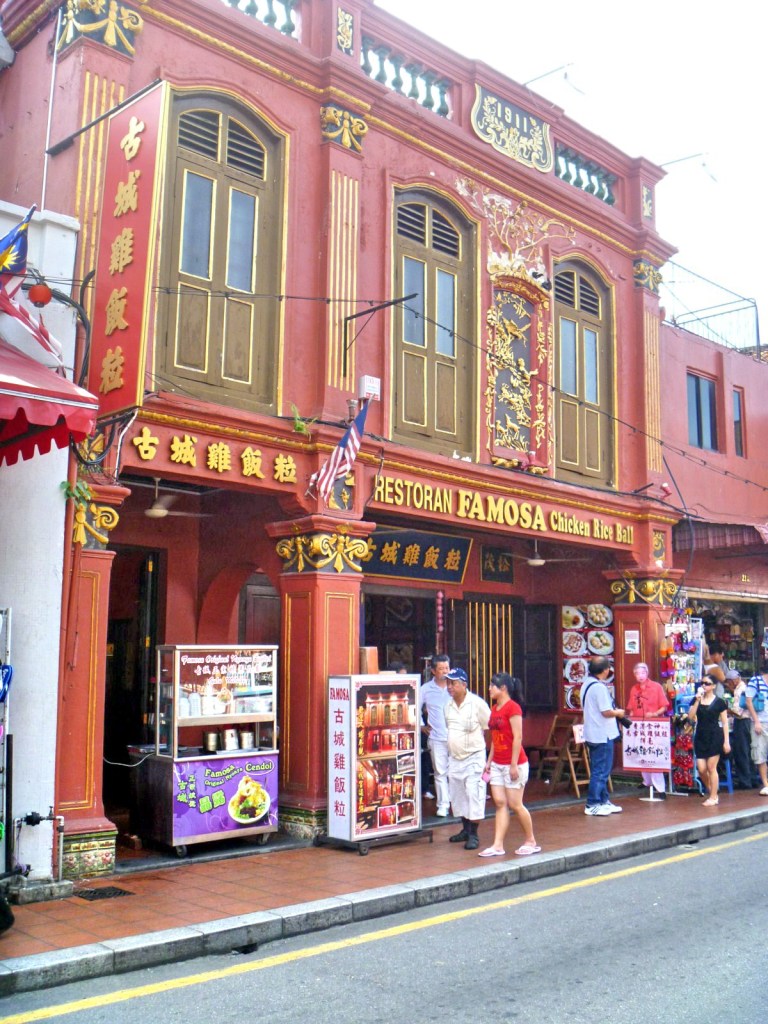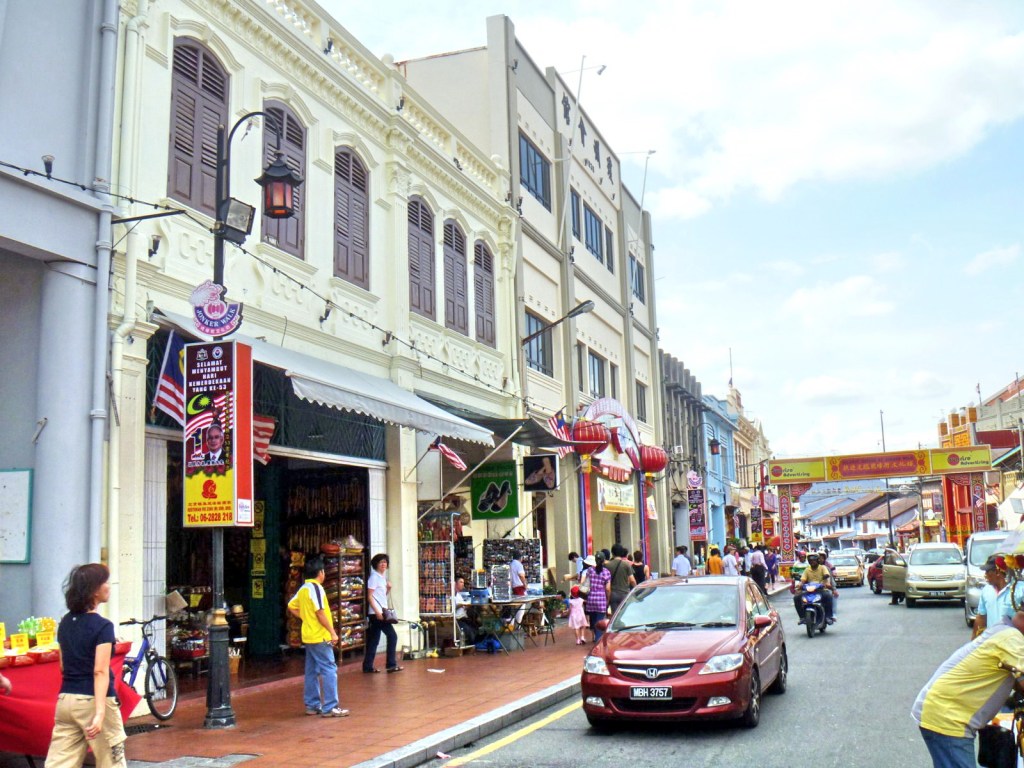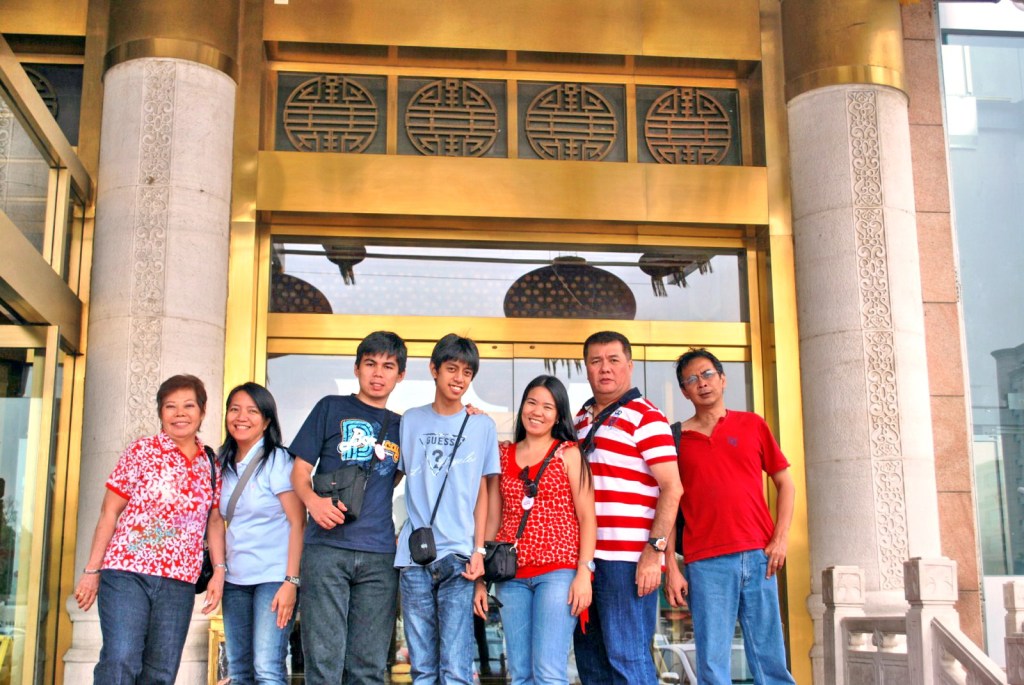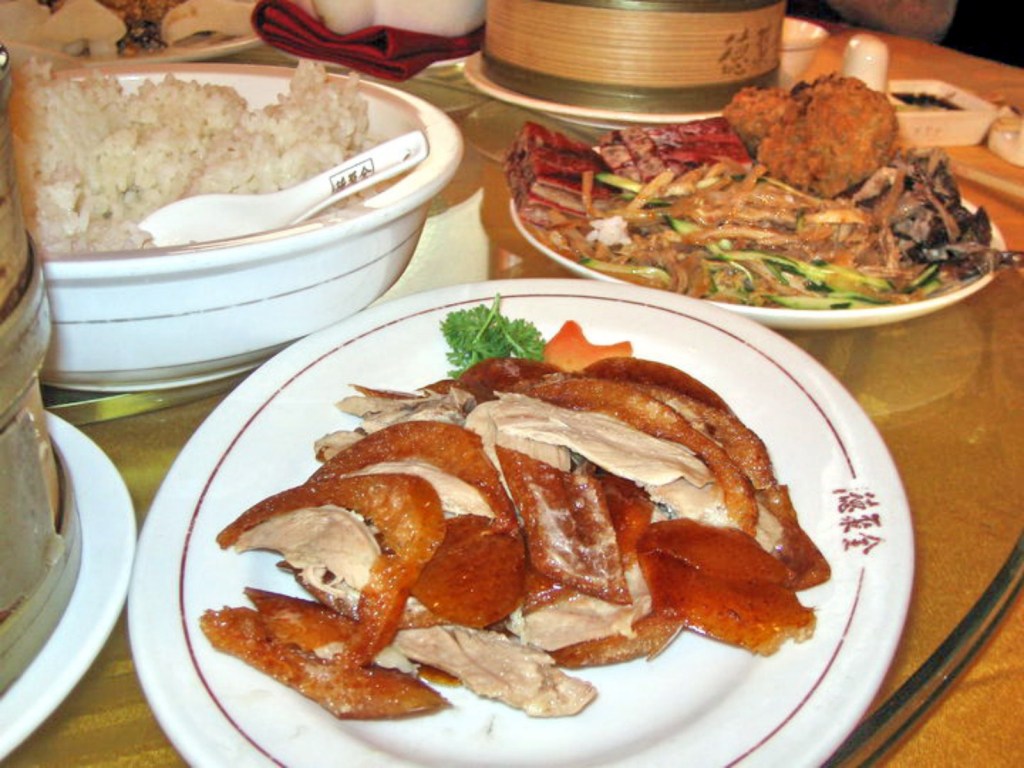 |
| Tam-awan Village |
The first leg of our Manila North Tollways Corporation (MNTC)/North Philippines Visitor’s Bureau (NPVB)-sponsored Lakbay Norte 2 Tour brought us to Baguio City, the country’s “Summer Capital,” where we were to check out the city’s art scene inspired by Baguio’s lovely natural environment and the rich Cordillera cultural heritage. Our first stop was, fittingly, Tam-awan Village in Pinsao Proper where we were welcomed by Baguio City Visitors Bureau (BCVB) representatives Eric Pangilinan, Matt Roncal and Claire Iniong. This model village is laid out just like a traditional Cordillera village, making it accessible for those who have not had the opportunity to explore the different parts of the vast Cordillera region in the Philippines. This recreated village, uniquely blending indigenous aesthetics and exquisite Cordilleran craftsmanship, has a charming collection of 9 authentic knock down huts built by clever mortise makers without nails or hardware Seven of these are compact and deceptively simple Ifugao huts transported from Bangaan, (Ifugao ). The other two are more spacious Kalinga huts made of hand-hewn pine wood. Some huts are over a hundred years old but have new cogon roofs which are periodically re-roofed from time to time. All huts are named after the areas where they come from.
| Jordan Mang-osan with one of his works |
Upon entering the compound, our media group, consisting of travel writers, bloggers and photographers, all explored the grounds including its art works at the art gallery and gazebo (across which is a stone-paved dap-ay where rituals and dances are performed) and the areas used for conferences, seminars and workshops. Workshops here offer livelihood and crafts demonstrations on woodcarving, bamboo crafts, papermaking, weaving, printmaking, rice wine making and solar drawing, all envisioned to foster a deeper understanding, respect and pride in the cultural heritage of the Cordillera people. The latter, a specialty of Mr. Mang-osan, is an ancient Ifugao technique wherein a wooden surface is burned using the sun’s rays to create an image.

.jpg)
.jpg)

